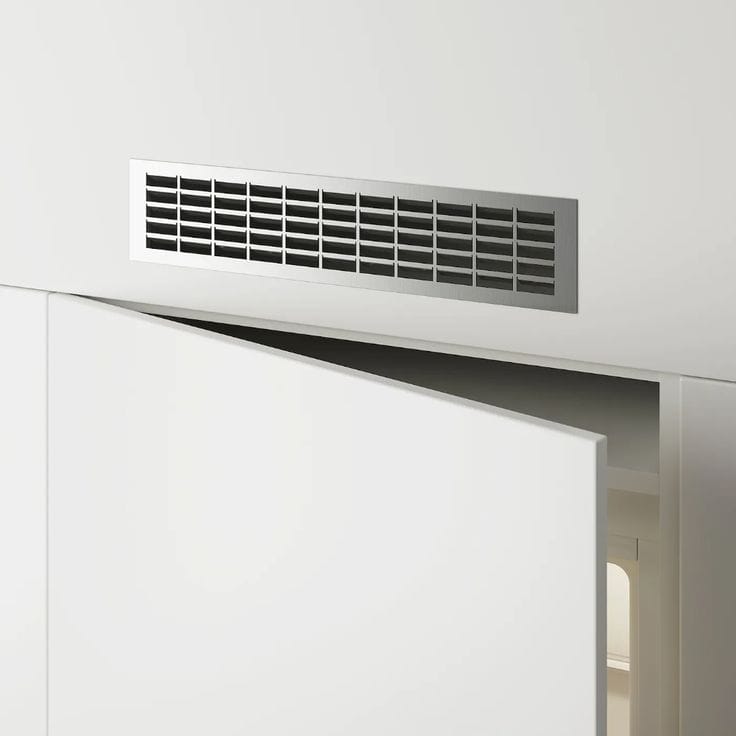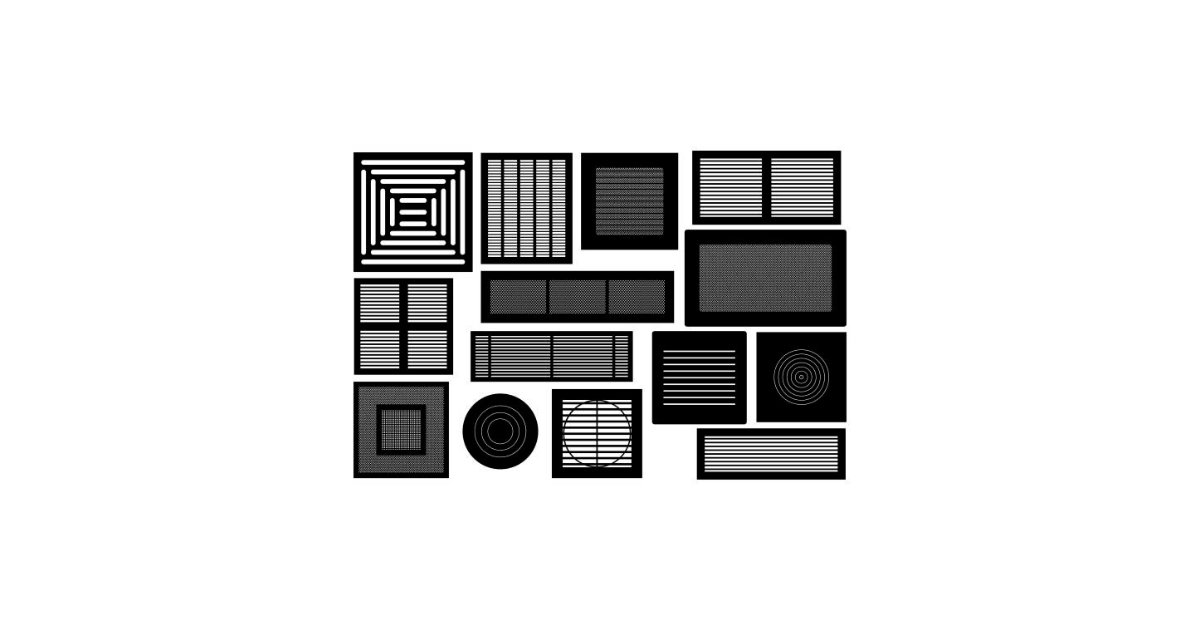5 Key Factors to Consider When Purchasing Air Ventilation Grills for Better Airflow

Air ventilation grilles are vital for HVAC systems, enhancing airflow, indoor air quality, and comfort. Key factors in choosing grilles include material, size, design, cost, and placement. Materials like aluminum, wood, and steel impact durability, while proper sizing ensures efficiency and aesthetic appeal. Grilles aid air filtration, supporting HVAC systems in maintaining indoor air quality. Cost-effectiveness matters, with brands like Accord and Imperial balancing quality and price. Proper grille placement optimizes ventilation in different spaces. Considering these factors helps homeowners and builders improve ventilation efficiency and indoor comfort.
Key Factors to Consider
When purchasing air ventilation grilles for improved airflow in your home, several key factors should be taken into account to ensure optimal performance and comfort.
1. Size and Design
The size and design of air grilles and registers are critical for effective air circulation. Selecting the right size ensures that the airflow is neither restricted nor excessive, which can disrupt the balance of the HVAC system. The design should also complement your home’s aesthetic while providing functionality.

2. Material
The material of the grilles significantly affects their durability, efficiency, and overall performance. Common materials include aluminum, wood, steel, and plastic. Each material has its pros and cons; for instance, aluminum is lightweight and corrosion-resistant but can be more expensive, while plastic is affordable but may have a shorter lifespan. Choosing the right material can impact both the longevity and maintenance needs of the grilles.
3. Air Quality Impact
Air grilles play a vital role in maintaining indoor air quality (IAQ). Properly installed and maintained grilles can help filter outdoor pollutants like dust and pollen, which can enter the indoor environment. It's essential to consider how the chosen grilles will interact with the HVAC system’s filtration capabilities. Additionally, factors such as the placement of furniture and equipment can influence air delivery, thereby affecting IAQ as well.
4. Cost-Effectiveness and Durability
When selecting air grilles, it's important to evaluate the cost-effectiveness and durability of various brands. While affordability is a factor, investing in durable grilles can lead to long-term savings by reducing replacement and maintenance costs. Brands like Accord and Imperial offer a good balance of quality and affordability, making them worth considering.
5. Number and Placement
The number of air grilles needed in each room depends on various factors such as room size, layout, and function. As a guideline, small rooms (up to 100 square feet) should have at least one supply and one return register, while larger spaces may require additional registers for optimal airflow. Proper placement is crucial to ensure that air can circulate freely throughout the space, contributing to better overall comfort and efficiency.
By carefully considering these factors, homeowners can make informed decisions that enhance the efficiency of their air ventilation systems and improve the overall quality of their indoor environment.
Technical Performance Metrics
When purchasing air ventilation grills, several technical performance metrics should be evaluated to ensure optimal airflow and system efficiency. These metrics help assess the effectiveness of the grills in the overall ventilation system.
Free Area
The free area of a ventilation grill refers to the percentage of the total area that allows air to pass through unobstructed. For example, an “A Series” weather louvre provides 48% free area, meaning that only a portion of its total area is effective for airflow, while the rest may be obstructed by louvers or other structural elements. Understanding the free area helps in calculating the airflow capacity of the grill and ensures that the ventilation system operates efficiently.
Gross Area and Obstruction Area
The gross area of a grill is the total surface area, calculated by multiplying the height and width of the component. It's essential to measure this dimension accurately as it impacts the airflow dynamics.
Additionally, the obstruction area, which includes the space taken up by any internal components that restrict airflow (such as blades or louvers), must also be considered. By determining both the gross area and the obstruction area, one can calculate the effective airflow area, which directly influences the performance of the ventilation system.
Static Pressure
Static pressure is another critical metric that affects airflow in ventilation systems. It measures the resistance that air encounters as it moves through ducts and vents. Excessive static pressure can indicate issues like clogged filters or undersized ductwork, leading to inefficient system performance. Monitoring static pressure ensures that the ventilation grill and accompanying ductwork are optimally designed for effective air distribution.
Airflow Rate
The airflow rate is a vital performance metric that quantifies the volume of air moving through the grill per unit time, typically measured in cubic feet per minute (CFM). This rate must align with the needs of the space being ventilated to ensure comfort and air quality. Evaluating airflow rate alongside grill specifications can help determine whether the grill will meet the requirements of a specific application.
Energy Efficiency
Finally, assessing the energy efficiency of the ventilation grill is crucial, as it influences operating costs and environmental impact. Metrics such as the Energy Efficiency Ratio (EER) can provide insights into how effectively the system utilizes energy to achieve desired airflow. Higher efficiency ratings generally indicate lower operational costs and a reduced carbon footprint.
By carefully evaluating these technical performance metrics, consumers can make informed decisions when purchasing air ventilation grills, leading to enhanced airflow and overall system efficiency.

